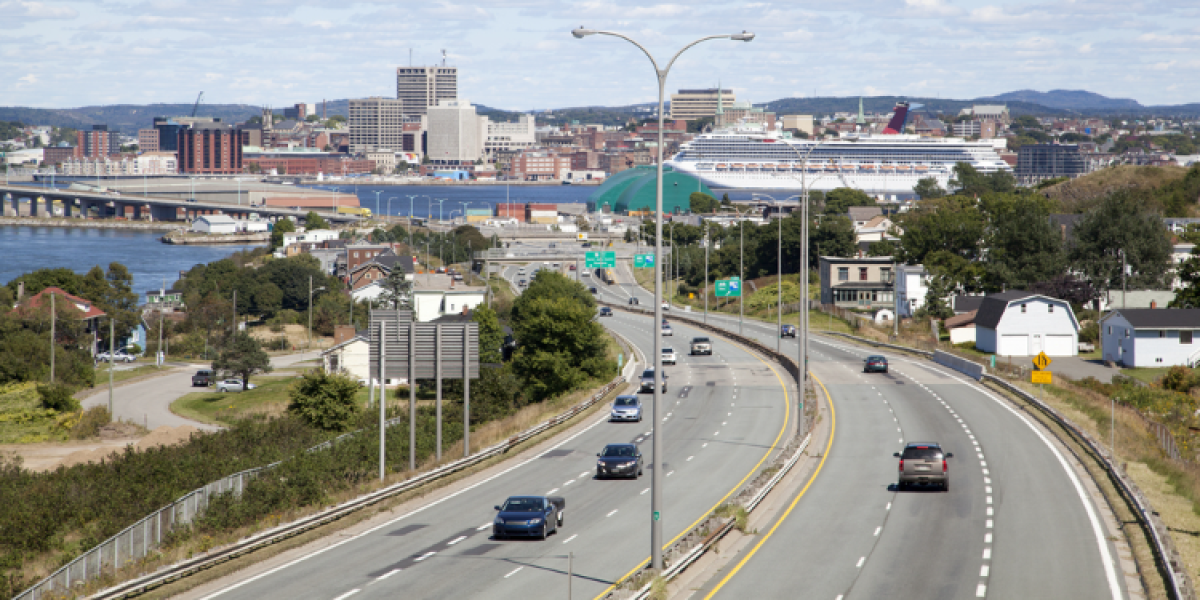
Canadian Minister of Immigration Sean Fraser's latest announcements have been reported in all international media. Professionals around the world see it as a new opportunity to grasp their Canadian dream. However, some provinces need foreign labor more than others, and the government could direct the new skilled immigrants to regions that are particularly affected.
New Brunswick seeks qualified foreigners
As a reminder, Canada is a federation divided into 11 provinces and territories: Alberta, British Columbia, Manitoba, New Brunswick, Nova Scotia, Nuvanut, Ontario, Prince Edward Island, Quebec, Saskatchewan, Newfoundland and Labrador, Northwest Territories, and Yukon. While expats have been more likely to relocate to Quebec or Ontario and to gather in large cities during the past decades, the trend is gradually shifting. Canada is experiencing an unprecedented labor shortage, and the needs are not the same in all provinces.
New Brunswick is a rural province that has just set up a pilot project in partnership with the federal government. The "New Brunswick Critical Worker Pilot Project" (NBCWP), was announced on November 7, and is perceived as a win-win situation. More than just a basic economic immigration plan, it offers support for better integration of applicants. Foreign workers will receive, in addition to the work, 200 hours of English language courses. They will also be entitled to assistance if they wish to resume or pursue their studies in Canada.
The Canadian province has selected six companies that, besides being short of skilled labor, are known for their welcoming, integration and openness policies. They are Cooke Aquaculture, Imperial Manufacturing, Groupe Westo, Groupe Savoie, J.D Irving Ltd. and McCain Foods. This pilot program is expected to last 5 years and will be adjusted regularly to best match the needs of the province and the immigrants.
Which are the least attractive rural areas?
In 2022, most immigrants still choose Ontario (227,235) or British Columbia (83,200). Ontario and its capital Toronto are home to Ottawa, Canada's federal capital. Many expatriates prefer to settle in these two large cities, which are also close to the United States (to the south) and to the province of Quebec (to the east). Quebec is the third province that welcomed the most immigrants this year (62,798). At the foot of the podium, Alberta welcomed 52,573 new immigrants. The other provinces are attracting much less, with numbers rapidly dropping below the 20,000 mark and even below 10,000 new arrivals. Despite the acute labor shortage in various industries, New Brunswick received only 8,401 new immigrants this year. Other regions attracted fewer immigrants, such as Newfoundland and Labrador (2843), the Yukon (663), the Northwest Territories (346) and Nuvanut (52). (Source: Statista)
According to government figures, approximately 20% of Canadians live in rural areas. These areas produce nearly 30% of the GDP, mainly in agriculture and industry. And yet, they face two significant issues. On the one hand, young people are leaving for the big cities, considered to be more attractive, and on the other, foreigners are not coming in for the same reasons. On January 14, 2019, Justin Trudeau established the Department of Rural Economic Development of Canada and appointed Bernadette Jordan to lead the new government policy. Manitoba, New Brunswick, Saskatchewan, Newfoundland and Labrador and the Yukon are among the provinces that need expatriates the most. But other rural communities, namely in Ontario, Alberta, British Columbia and Saskatchewan, also face similar issues.
Attracting expatriates to Canada's rural communities
To promote immigration to its rural territories, the government has set up several programs. The Atlantic Canada Immigration Program (ACIP) is of great help to Atlantic provinces like Nova Scotia, Prince Edward Island, New Brunswick and Newfoundland. The program is designed to attract new skilled foreign nationals. As of August, ACIP had received 167 applications.
Following its success, the government launched the Northern Territories and Rural Communities Immigration Pilot Program (NTRCIP) in August 2022. This program allows eligible skilled foreign nationals to apply for permanent residence. In that same line, the government selected 11 communities: North Bay, Sudbury, Sault Ste. Marie, Thunder Bay and Timmins (Ontario), Brandon and Altona/Rhineland (Manitoba), Moose Jaw (Saskatchewan), Claresholm (Alberta), West Kootenay and Vernon (British Columbia). With an investment of CA$ 35 million, this program should ensure that newcomers have access to essential services during their first year (in their rural community) in Canada.
According to government estimates, each town can accommodate 125 newcomers and their families annually. The RNIP has already resulted in the arrival of over 1,000 foreign workers and has helped to curb labor shortages in high-demand sectors such as hospitality, manufacturing, food service, transportation, and retail. In the Miramichi region of New Brunswick, ICAP has been decisive in maintaining a stable population through the influx of foreigners. The region, which was facing an insidious demographic decline, lost 5,000 people under the age of 20 in over twenty years. The number had gone from 14,000 to 9,000. Conversely, the number of people over 65 years old rose from 7,500 to 11,000. In that sense, immigration has really helped to reverse the situation and has contributed to the revitalization of those sectors suffering from labor shortage—an example for many provinces to follow.
The real challenges for Canadian provinces
Businesses and locals are campaigning for their provinces to welcome and retain more foreign talent, particularly by improving the local living environment with modern infrastructure and transportation, housing, Internet, professional training, support for immigrants in their settlement, and so on. But in reality, foreigners are just complaining about their discomfort, far from the promised welcome, and amidst greater stigmatization by locals.
The Covid pandemic has brought up tensions in the province of Manitoba. As a result of isolation, racism and precariousness, the living conditions of the province's immigrants are allegedly more challenging today than before Covid. These are the kind of contradictions confronting both the authorities and the residents. Underlying the terms "solution to the aging population" and "solution to the labor shortage" are real people, not just an economic adjustment variable. While rural provinces recognize this, they do not always have the means to achieve their ambitions.
Multilingual services, when they exist, are not as well developed as in the big cities. Other rural provinces face the same challenges. New Brunswick's initiative is supposed to provide a "win-win" solution: businesses at the forefront are welcoming and training not only foreigners but also public services with the aim of providing support and assistance to newcomers. If the pilot plan is successful, it could be emulated in other provinces.



















